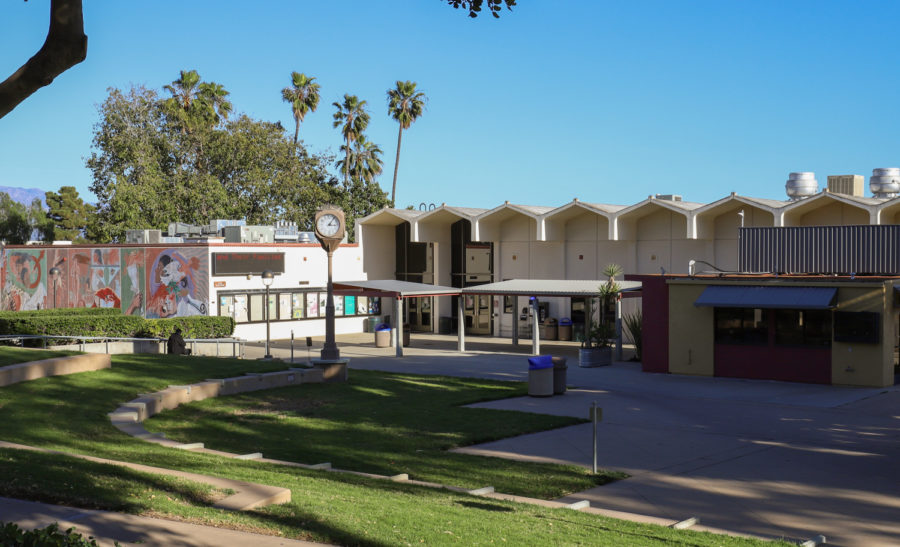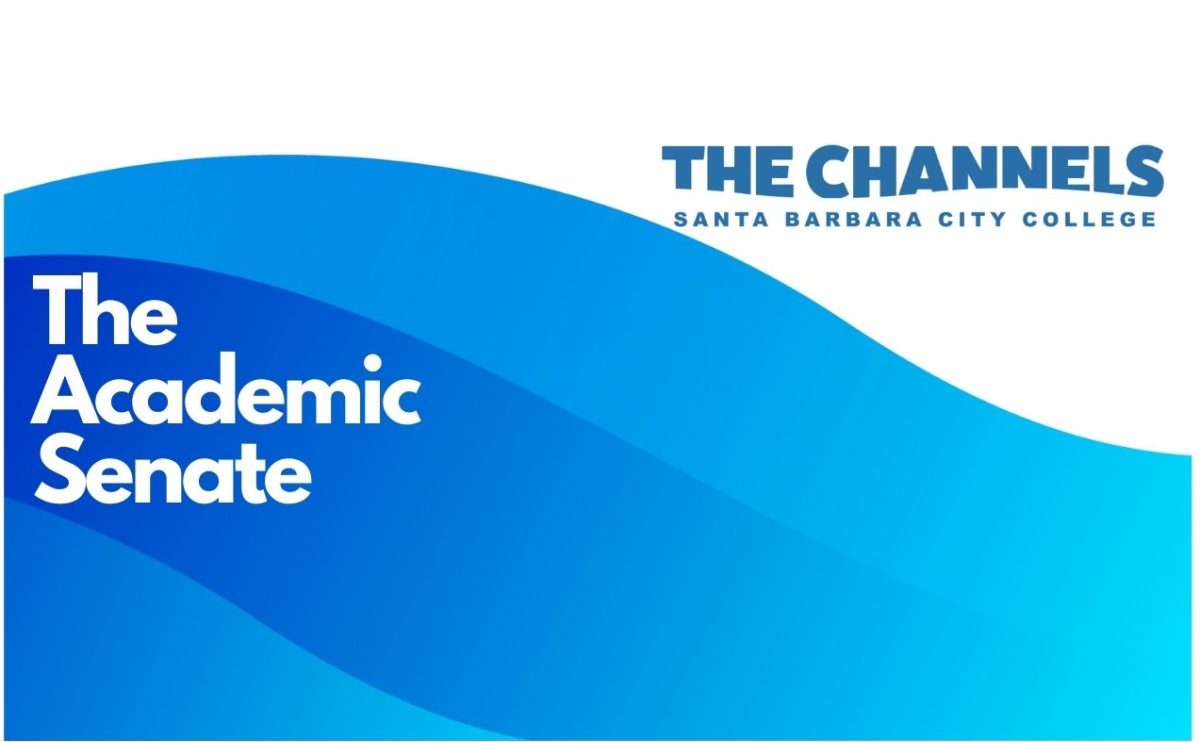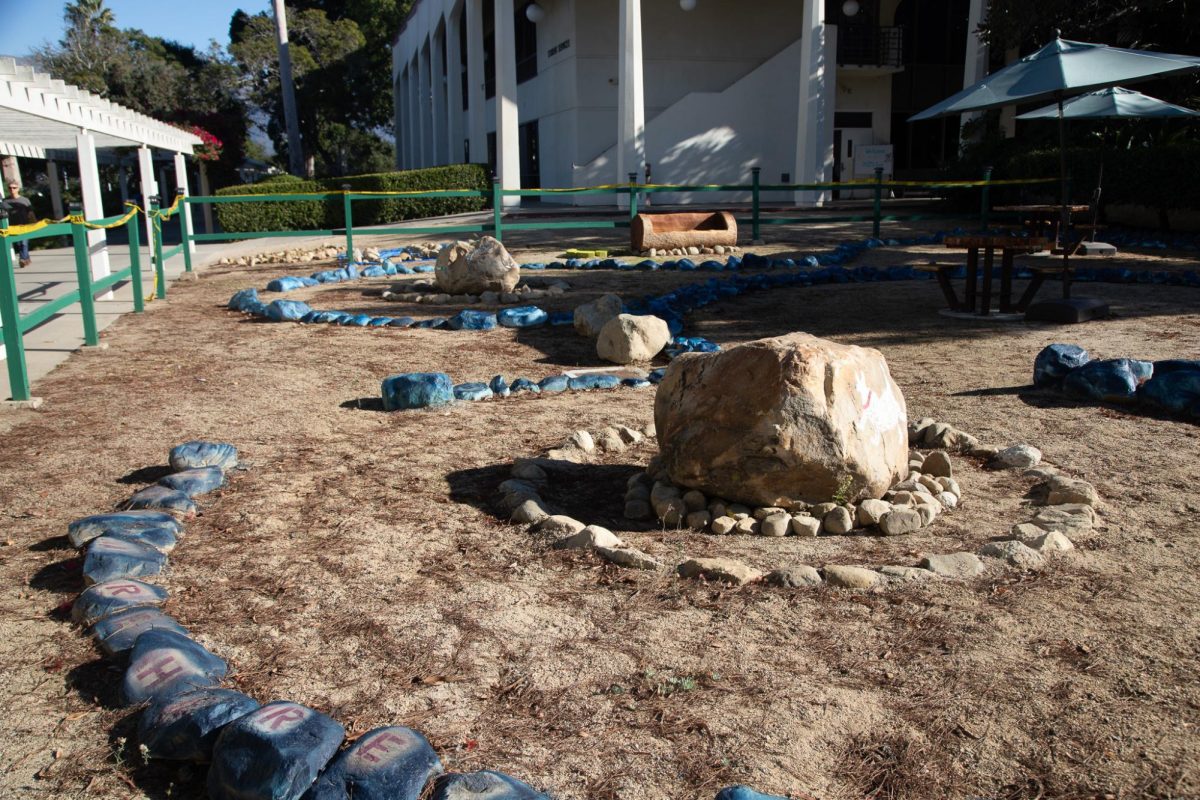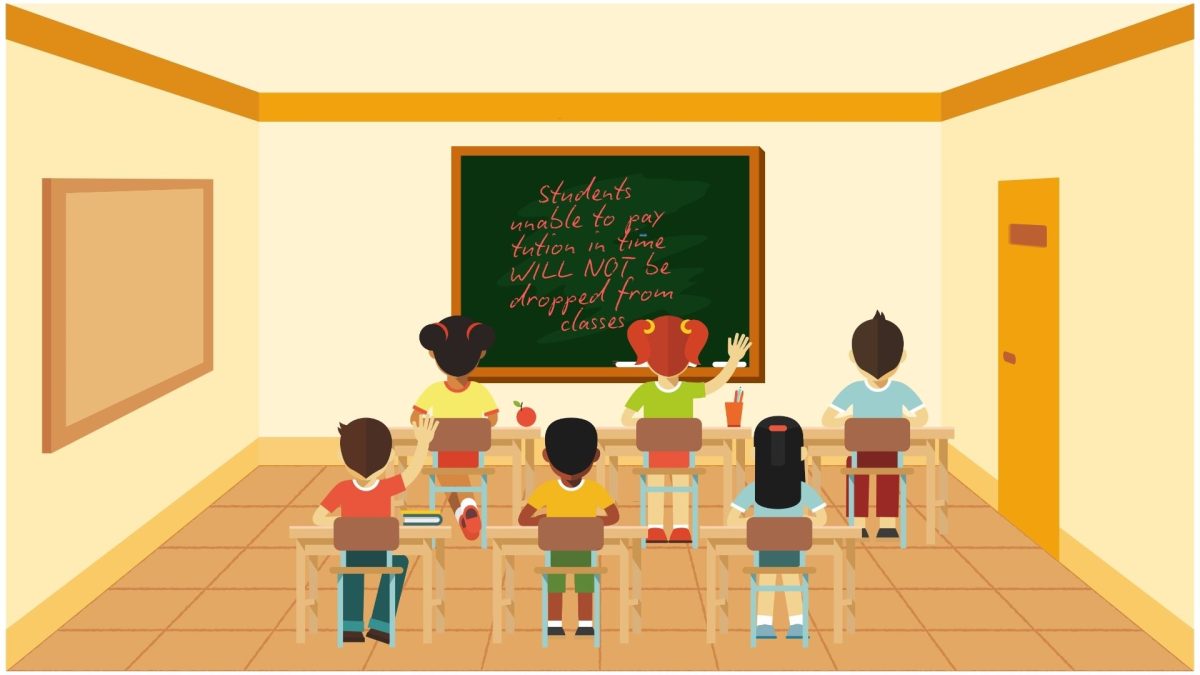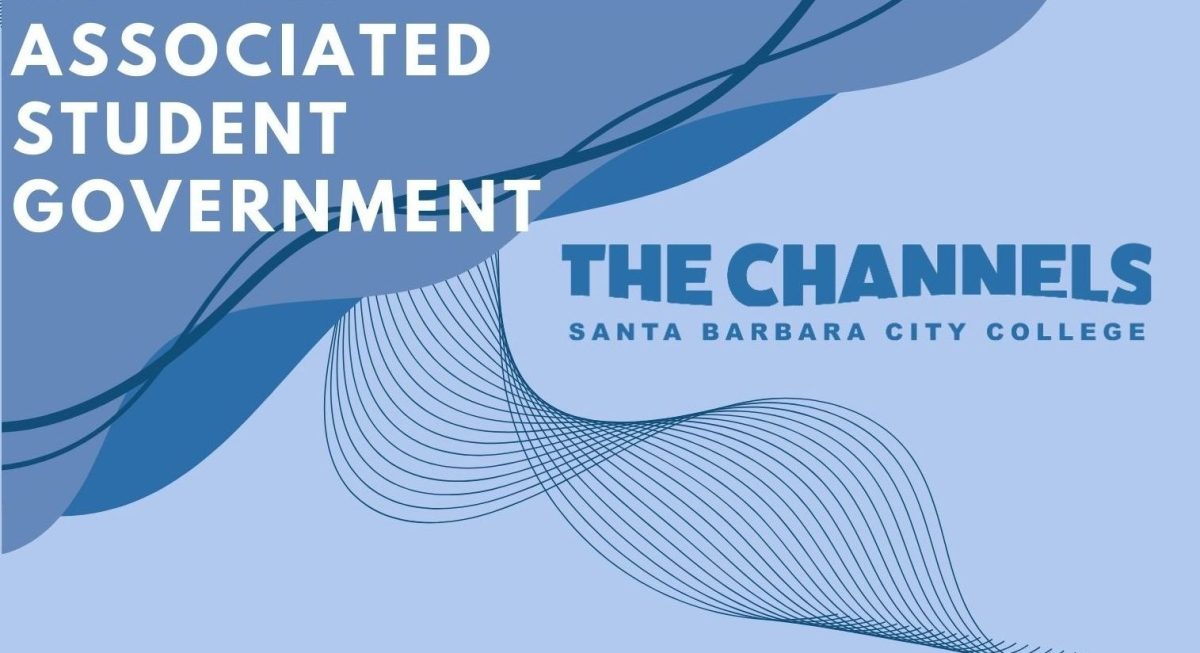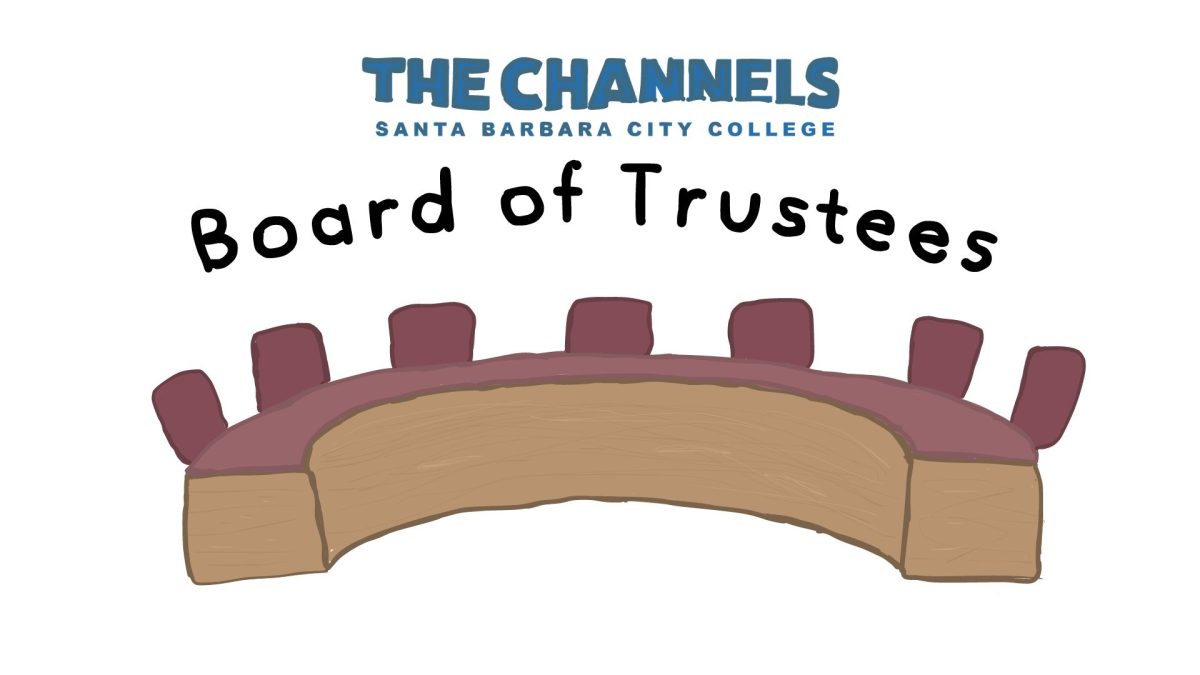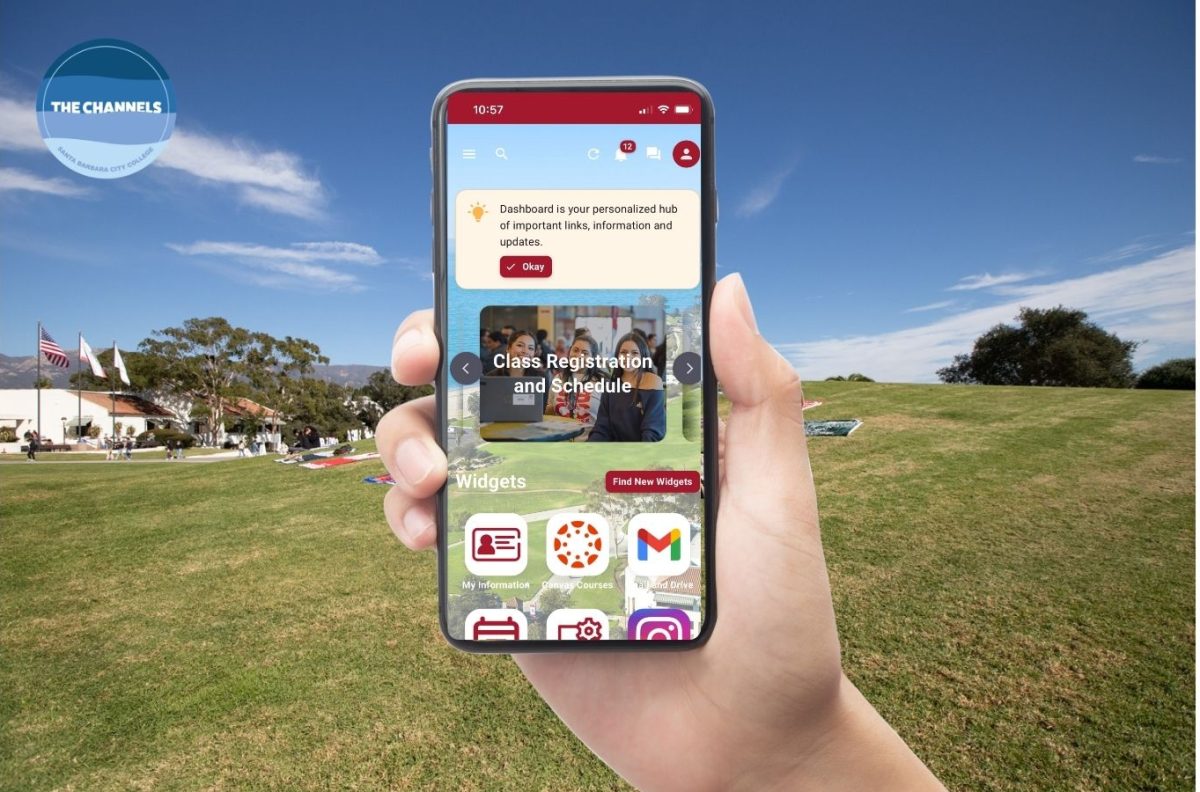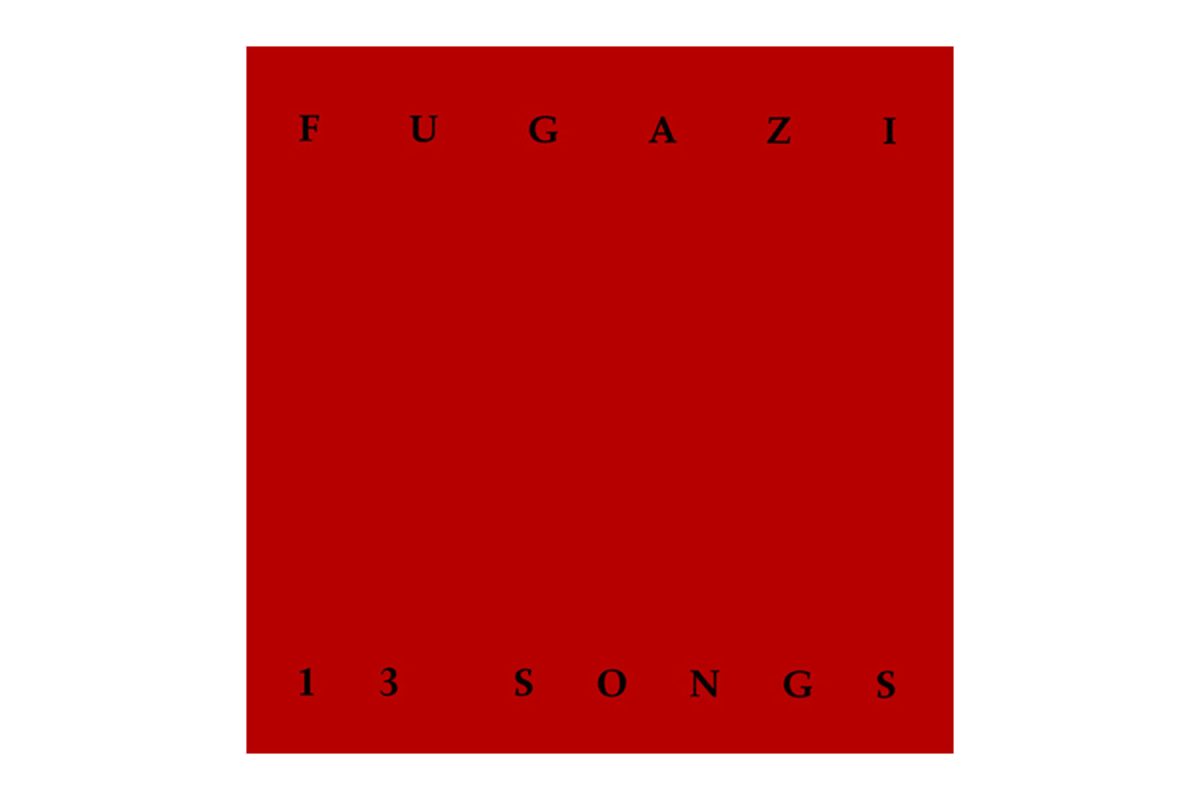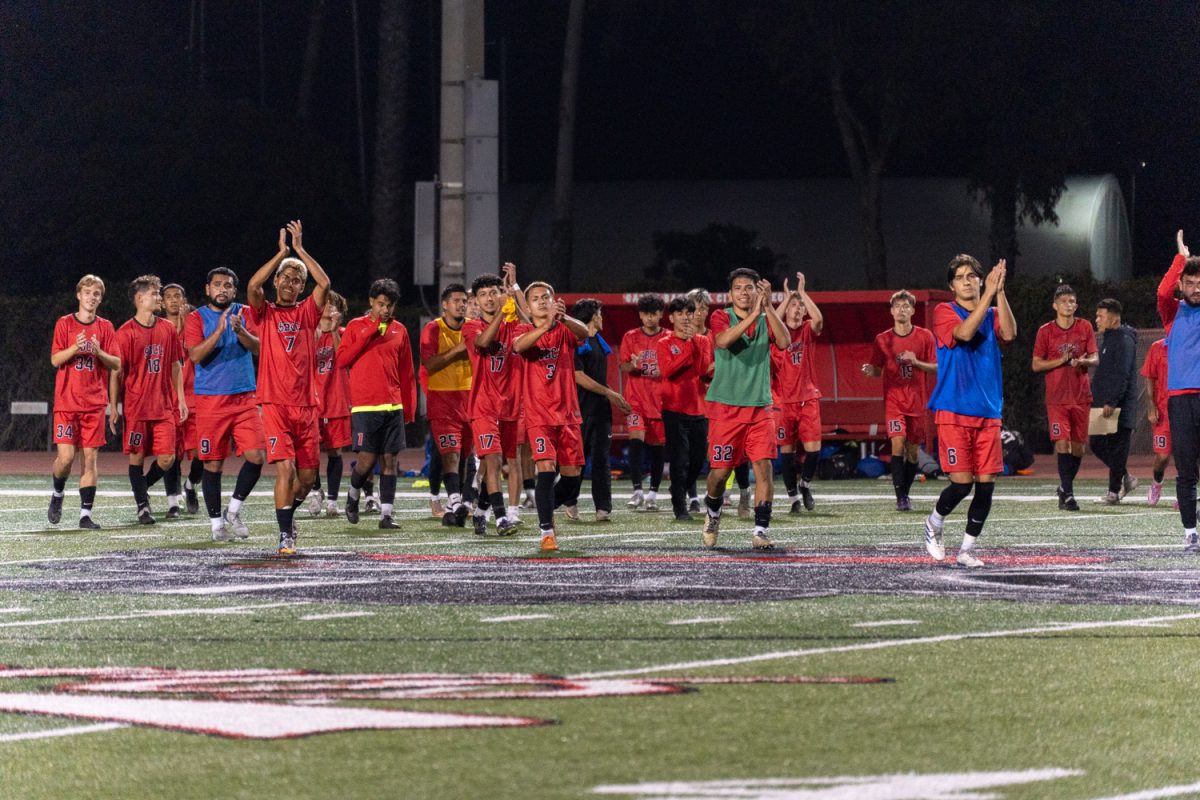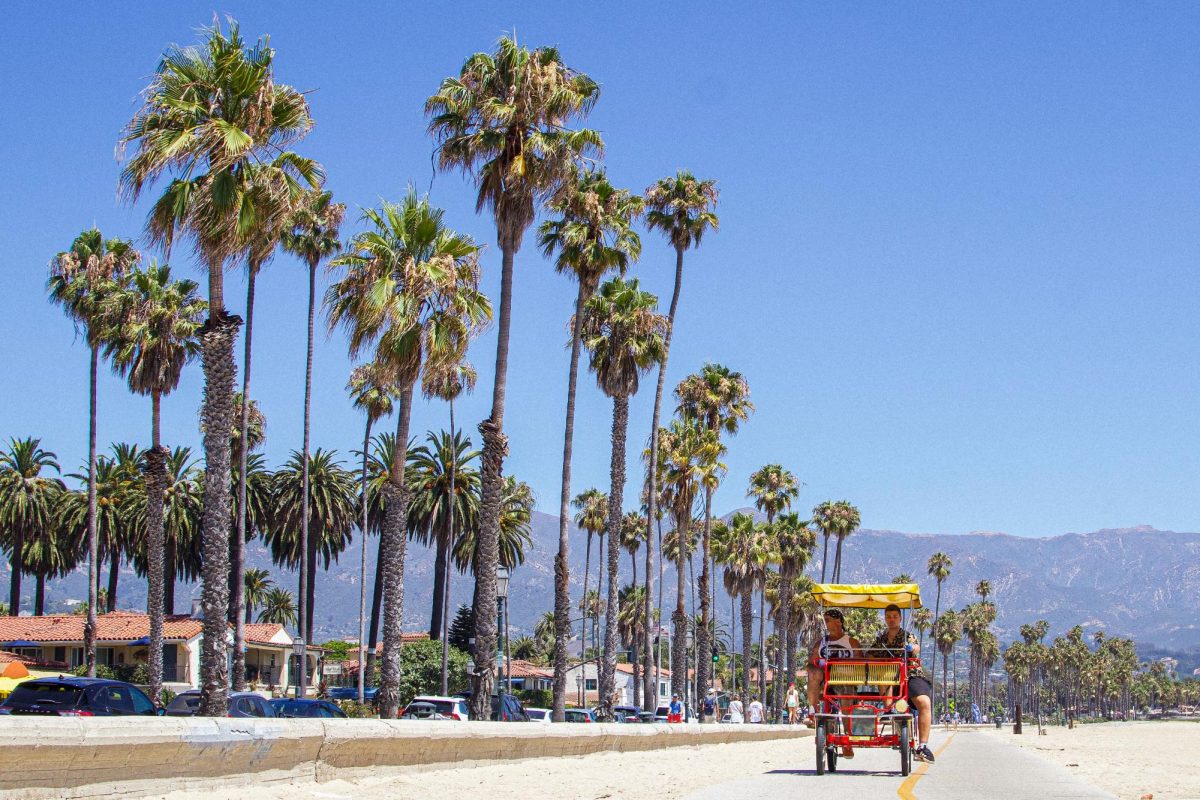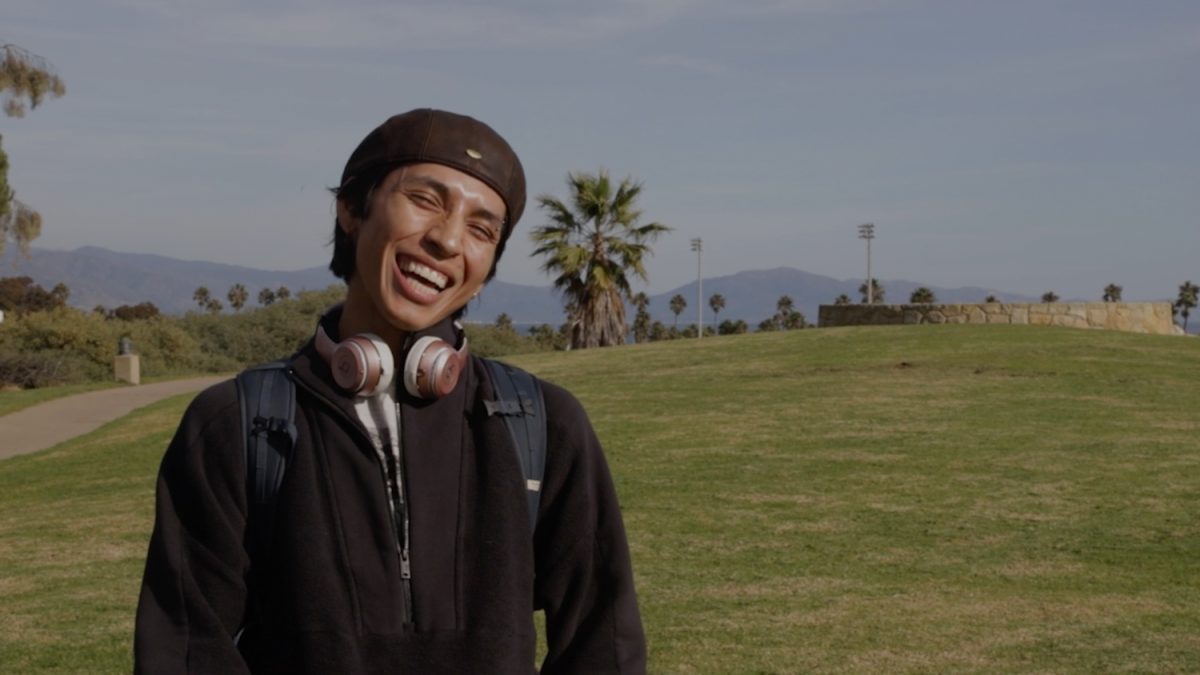Plans continue to evolve for scheduling and preparation of the summer sessions during the pandemic starting May 17, and again on June 28, at City College.
Faculty and administration have been collaborating to make decisions regarding how students will return to in-person or continue virtual class.
“There are no good manuals for how to approach doing this kind of thing,” said Pamela Ralston, executive vice president of Educational Programs.
About 20% of classes will be on campus this summer, up from about 5% during the spring semester, including science labs, P.E. classes and music courses.
“We’re pretty sure that there are a number of students who feel that their experience is best when it’s in person,” Ralston said. “We tried our level best to make sure some offerings would work that way.”
Summer school enrollment is down 20%. Part of the reason for this may be less need for students to take a summer class in order to make up for low grades or withdrawals during previous semesters.
The chancellor’s office has extended the pass/no pass grade-mode option and permitted excused withdrawals during the pandemic, according to Director of Admissions and Records Michael Medel.
“These options, along with the preference of in-person courses versus online and the life challenges that the COVID-19 pandemic has presented, have most likely contributed to a decline in enrollment,” Medel said.
Students have varying opinions when it comes to online versus in-person classes.
“It’s not really comparable,” said Lewis Daniel, a chemistry student who took in-person classes before the pandemic.
“We go into upper-level chemistry with no real lab experience,” Daniel said.
Michael Hughes, who teaches chemistry this summer, said he will use three methods of teaching for his summer classes: computer simulated, video and face-to-face instruction.
“The big benefit is we’re able to do a lot of experiments we wouldn’t do in person,” he said. “We can work with [virtual] chemicals that we wouldn’t have been able to work with before.”
Lab students will come to campus once a week.
Along with the normal safety precautions and protective equipment lab students use, class size in the lab will be limited to eight people rather than the usual 24 or so.
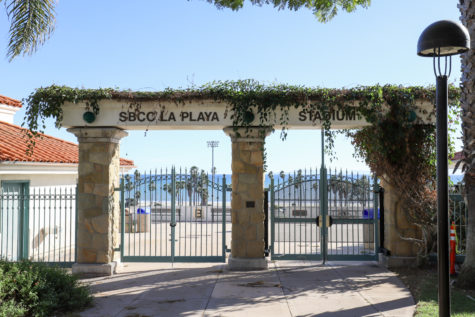
American Ethnic Studies teacher, Melinda Gándara, will teach online this summer.
According to Gándara, condensing classes into six weeks is a lot for students but she has found many ways to help.
“I’m able to use tutoring and see if there’s an issue early on, work with it and try to find student success,” Gándara said.
It could mean the student takes the class pass/no pass.
“Or I offer extra credit as a way to constantly engage our students with the material and to see how it has content outside our classroom,” Gándara said.
Nallely Leyva-Diaz, 25, said she likes taking summer classes.
“I feel like it’s easier during the summer, the fast pace is easier for me,” said Leyva-Diaz, a Chicano Studies major.
“I learn more because it’s more intense,” Leyva-Diaz said.
Ralston admits things are still in flux when it comes to the fall semester.
“Our plan has been a baseline of 20% in person in the summer, about 40% in the fall,” Ralston said. “As conditions improve, we may wind up having a few more classes than that in the fall.”
The administration is working with the faculty on how to set the schedule.
“There are some things that we still don’t know but we’ve been really responsive to whatever our directions are, so we’ll keep working to do that,” Ralston said. “It feels like we’re starting to turn the corner, and we’re excited to start coming back.”
Go to www.sbcc.edu/class to see the summer schedule and to sign up for classes.


